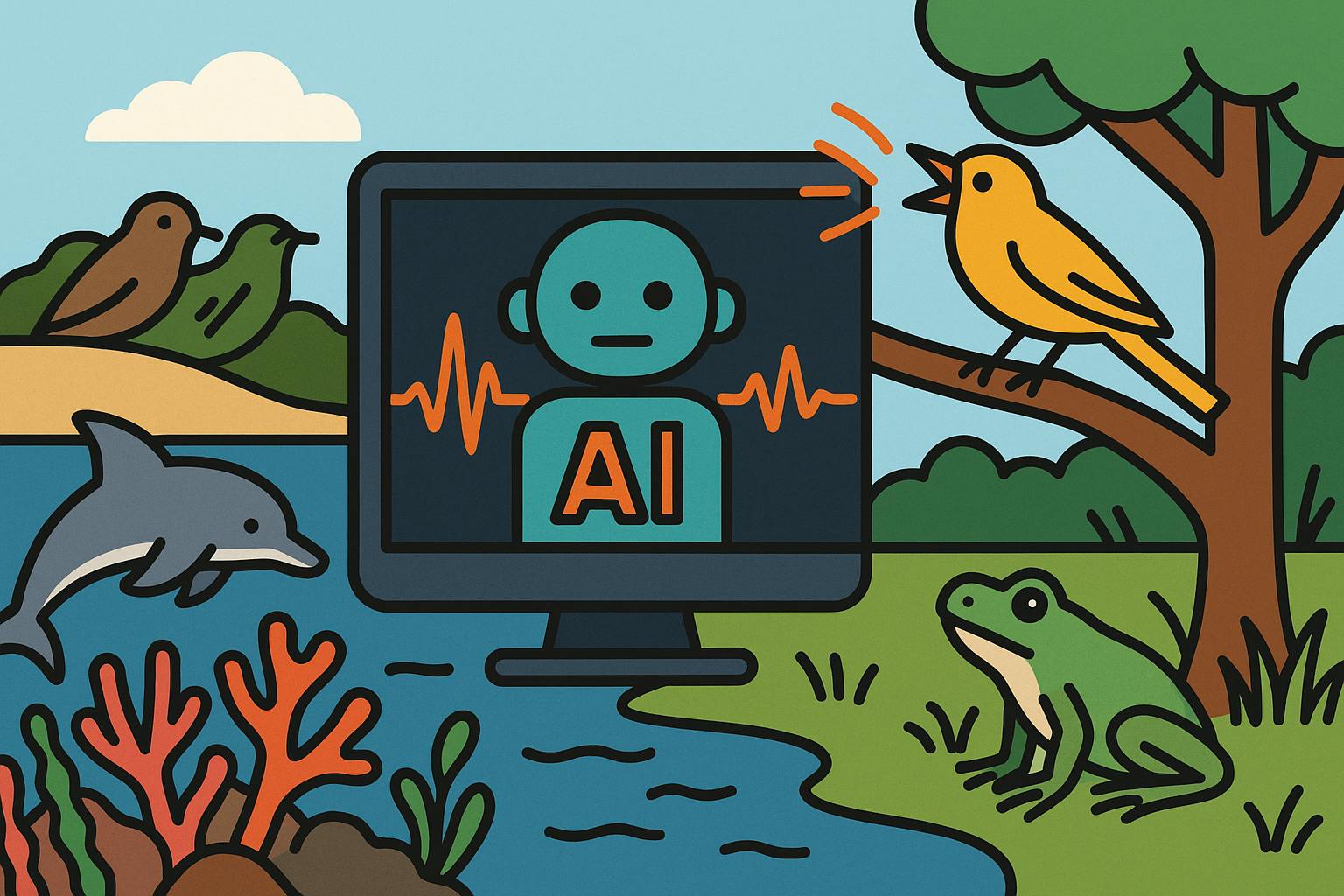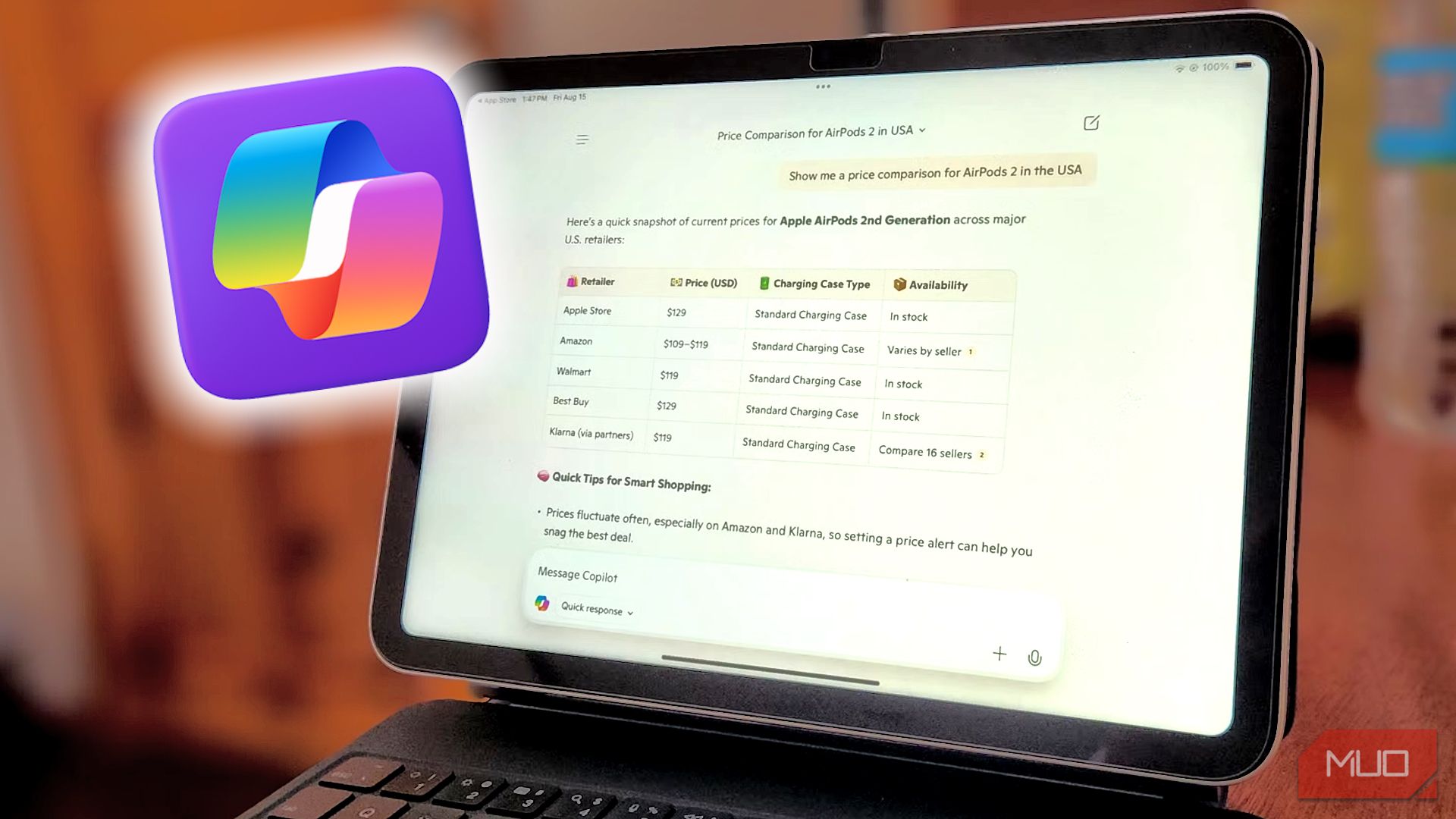The intersection of artificial intelligence and environmental conservation is rapidly expanding, offering unprecedented tools to address some of the planet’s most urgent ecological challenges. At the forefront of this evolution is bioacoustics, where AI is transforming how scientists monitor and protect endangered species.
The latest advancements in this field, particularly with models like Google DeepMind’s Perch, highlight a compelling narrative about specialized AI’s profound impact and the nuanced realities of AI development in scientific domains.
Introducing Perch 2.0: A Leap in Bioacoustics
Conservationists historically faced a daunting task: making sense of vast audio datasets collected from wild ecosystems. These recordings, dense with vocalizations from birds, frogs, insects, whales, and fish, offer invaluable clues about animal presence and ecosystem health. However, analyzing millions of hours of audio manually is a monumental undertaking.
This is where Perch, an AI model designed to analyze bioacoustic data, steps in. The updated Perch 2.0 model represents a significant advancement, offering better state-of-the-art off-the-shelf bird species predictions than its predecessor. Crucially, it can adapt more effectively to new environments, including challenging underwater settings like coral reefs. Its training dataset is nearly twice as large as the previous version, incorporating a wider range of animal vocalizations, including mammals and amphibians, alongside anthropogenic noise from public sources like Xeno-Canto and iNaturalist.
This expanded training allows Perch 2.0 to disentangle complex acoustic scenes across thousands or even millions of hours of audio data. Its versatility enables it to answer diverse ecological questions, such as quantifying new births or estimating animal populations in a given area.
The commitment to open science is evident, as Perch 2.0 is open-sourced and available on Kaggle, fostering widespread adoption by the scientific community. Since its initial launch in 2023, the first version of Perch has been downloaded over 250,000 times, integrating its open-source solutions into tools for working biologists, such as Cornell’s BirdNet Analyzer.
Perch has already facilitated significant discoveries, including a new population of the elusive Plains Wanderer in Australia, demonstrating the tangible impact of AI in conservation. It has also proven effective in identifying individual birds and tracking bird abundance, potentially reducing the need for traditional, more invasive catch-and-release studies.
The “Bitter Lesson” in Bioacoustics: The Enduring Power of Supervision
A key insight emerging from the development of Perch 2.0 challenges a prevailing trend in the broader AI landscape: the dominance of large, self-supervised foundation models. In fields like natural language processing (NLP) and computer vision (CV), advancements have largely come from self-supervised models trained on vast amounts of unlabeled data, adaptable to various downstream tasks with minimal fine-tuning. However, in bioacoustics, Perch 2.0’s success reinforces what its developers refer to as “The Bittern Lesson”: that simple, supervised models remain difficult to beat.
This observation suggests that while self-supervised methods are powerful, their success often hinges on incredibly large models and unlabeled datasets, sometimes hundreds of millions of examples. In contrast, even large bioacoustic datasets like Xeno-Canto and iNaturalist are orders of magnitude smaller. Furthermore, self-supervised methods rely heavily on domain-specific training objectives and data augmentations, and optimal configurations for general audio problems remain an active area of research.
The bioacoustics domain, however, is particularly well-suited to supervised learning. Perch 2.0 was trained on over 1.5 million labeled recordings. Research indicates that when sufficient labeled examples are available, outperforming supervised models becomes increasingly difficult. Moreover, supervised pre-training benefits significantly from fine-grained labels.
Bioacoustics inherently deals with over 15,000 classes, often requiring distinctions between species within the same genus; a highly fine-grained problem. Reducing the granularity of labels in supervised training has been shown to degrade transfer learning performance. The immense diversity of birdsong and universal mechanisms of sound production in terrestrial vertebrates also contribute to the successful transfer of models trained on avian vocalizations to a surprisingly wide range of other bioacoustic domains.
This analytical perspective suggests that for domains with rich, fine-grained labeled data and specific characteristics, well-tuned supervised models can achieve state-of-the-art performance without the necessity of massive, general-purpose self-supervised pre-training.
Under the Hood: Perch 2.0’s Architectural Innovations
Perch 2.0’s superior performance is rooted in several key architectural and training innovations. The model is based on EfficientNet-B3, a convolutional residual network with 12 million parameters, which is larger than the original Perch model to accommodate the increased training data but remains relatively small by modern machine learning standards, promoting computational efficiency.
This compact size enables practitioners to run the model on consumer-grade hardware, facilitating robust clustering and nearest-neighbor search workflows.
The training methodology incorporates:
- Generalized Mixup: A data augmentation technique that mixes more than two audio sources to create composite signals. This encourages the model to recognize all vocalizations in an audio window with high confidence, regardless of loudness.
- Self-Distillation: A process where a prototype learning classifier acts as a “teacher” to the linear classifier, generating soft targets that improve the overall performance of the model.
- Source Prediction: A self-supervised auxiliary loss that trains the model to predict the original source recording of an audio window, even from non-overlapping segments. This can be viewed as an extremely fine-grained supervised classification problem, contributing to its effectiveness.
Perch 2.0 was trained on a multi-taxa dataset combining Xeno-Canto, iNaturalist, Tierstimmenarchiv, and FSD50K, encompassing nearly 15,000 distinct classes, primarily species labels. Hyperparameter selection utilized Vizier, a black-box optimization algorithm, to find optimal learning rates, dropout rates, and mixup parameters, ensuring robust performance across diverse tasks.
The model’s evaluation procedure rigorously tests its generalization capabilities across avian soundscapes, non-species identification tasks (e.g., call-type), and transfer to non-avian taxa (bats, marine mammals, mosquitoes), using benchmarks like BirdSet and BEANS.
Agile Modeling: Revolutionizing Conservation Workflows
Beyond the model itself, Google DeepMind has developed Agile Modeling, a general, scalable, and data-efficient system that leverages Perch’s capabilities to develop novel bioacoustic recognizers in under an hour. This framework tackles critical challenges in traditional bioacoustic workflows, particularly the need for extensive training data and specialized machine learning expertise.
The core components of Agile Modeling include:
- Highly Generalizable Acoustic Embeddings: Perch’s pre-trained embeddings serve as a static bioacoustic foundation model, acting as feature extractors that minimize data hunger. This is crucial because if the embedding function changed during training, reprocessing massive datasets would take days, hindering scalability. Static embeddings allow for an uninterrupted active learning loop, reducing search and classification retrieval times to seconds.
- Indexed Audio Search: This allows for the efficient creation of classifier training datasets. A user provides an example audio clip, which is embedded and then compared against precomputed embeddings to surface the most similar sounds for annotation. This “vector search” can process over a million embeddings per second (around 1,500 hours of audio) on a personal computer, providing an efficient alternative to brute-force human review, especially for rare signals.
- Efficient Active Learning Loop: A simple (often linear) classifier is trained on the annotated embeddings. Because embeddings are precomputed and static, training takes less than a minute, without specialized hardware. The active learning loop then surfaces new candidates for annotation, combining top-scoring examples with those from a wide range of score quantiles (“top 10 + quantile”), ensuring both precision and diversity in data collection.
This system ensures that classifiers can be developed rapidly and adaptively, making it feasible for domain experts to address new bioacoustic challenges efficiently.
Real-World Impact: Case Studies in Action
The effectiveness of Perch and Agile Modeling has been demonstrated across diverse, real-world conservation projects:
Hawaiian Honeycreepers: Tracking Endangered Species
Hawaiian honeycreepers face severe threats from avian malaria, spread by non-native mosquitoes. Monitoring juvenile vocalizations can indicate reduced disease prevalence and reproductive success, but these calls are often difficult to distinguish. The LOHE Bioacoustics Lab at the University of Hawaiʻi used Perch to monitor honeycreeper populations, finding sounds nearly 50 times faster than their usual methods, allowing them to monitor more species over greater areas.
In a direct timing experiment, manually scanning 7 hours of audio for Red-billed Leiothrix songs took over 4 hours, yielding 137 positive samples. In contrast, reviewing the top 500 samples surfaced by a vector search took less than 20 minutes, yielding 472 positive detections, making the vector search approach 43 times faster.
Agile Modeling enabled the development of classifiers for adult and juvenile vocalizations of endangered ‘Akiapōlā‘au and ‘Alaw̄ı, achieving high precision (0.97–1.0) and ROC-AUC scores (≥ 0.81). This showcased the system’s ability to unlock population health and behavioral monitoring while adapting to granular vocalization categories.
Coral Reefs: Unveiling Underwater Ecosystem Health
Monitoring coral reef restoration projects is often bottlenecked by the difficulty and expense of observation. The soundscape of a coral reef is a vital indicator of its health and functioning, mediating the recruitment of juvenile fish and corals. Agile Modeling was used to create classifiers for nine putative fish sonotypes in a coral reef environment in Indonesia.
Embeddings were extracted using SurfPerch, a variant of Perch optimized for coral reef audio. Human labeling for these nine sonotypes took a cumulative 3.09 hours, yielding highly accurate classifiers with a minimum ROC-AUC of 0.98. The analysis revealed higher abundance and diversity of fish sonotypes on healthy and restored sites compared to degraded sites, particularly driven by “Pulse train” and “Rattle” sonotypes. This demonstrates the system’s ability to operate in a vastly different underwater environment and for sounds whose biological origin might initially be undetermined.
Christmas Island: Scaling Monitoring for Rare Birds
Monitoring birds on remote islands like Christmas Island is crucial for conservation, but challenging due to inaccessibility and the lack of existing acoustic data for many endemic species. Agile Modeling was used to develop classifiers for three low-data species: Christmas Island Emerald Dove, Goshawk, and Thrush.
Despite extremely limited initial training data, iterative active learning produced high-quality classifiers for all three species, with ROC-AUC greater than 0.95, in less than an hour of analyst time per classifier. The system demonstrated its scalability to very large datasets, processing hundreds of thousands of hours of audio. Detection rates revealed variability in site usage across the island, providing valuable insights for targeted conservation efforts.
Practical Insights for Practitioners
Simulated experiments conducted alongside the case studies offered further practical recommendations:
- Embedding Function Quality: The quality of the embedding function significantly impacts agile modeling performance. Models trained on bioacoustics-specific data, such as BirdNet, Perch, and SurfPerch, consistently outperform more general audio representations.
- Active Learning Strategy: The “top 10 + quantile” active learning strategy provides a robust balance across different data regimes (low, medium, high abundance), effectively drawing from the strengths of both “most confidence” and “quantile” strategies.
- Call Type Management: For species with multiple call types, a “balanced search query” (containing one vocalization of each call type) followed by species-level annotation generally improves performance on minority call types without sacrificing overall species-level accuracy.
On average, human review time for examples was 4.79 seconds per 5-second clip, meaning a reviewer can process about 720 examples per hour, sufficient for producing good-quality classifiers rapidly.
Concluding Thoughts: The Future of AI in Conservation
The work on Perch 2.0 and Agile Modeling demonstrates the broad efficacy of AI in bioacoustics, meeting critical criteria for efficiency, adaptability, scalability, and quality in ecological research and conservation. This accelerated model development promises to facilitate investigations into a much wider range of questions, even when training data is scarce, such as monitoring juvenile calls for population health or tracking extremely rare birds.
The seamless integration of detection data from novel classifiers into ecosystem understanding, as seen with coral reefs and Christmas Island, marks a significant step forward.
While significant progress has been made, avenues for future work include incorporating approximate nearest neighbor (ANN) search for even larger datasets, refining audio representations for bioacoustics to improve worst-case performance, and developing more sophisticated strategies for handling species with multiple vocalization types. The success of these AI-driven tools holds immense potential to enhance understanding of both terrestrial and marine ecosystems, ultimately contributing to more effective management of endangered and invasive species globally.










